Vet recommended cat food is not the best cat food. These cat food brands sponsor the AVMA. So vet recommendations are flawed.
Most kibble cat foods that vets recommended contain inappropriate ingredients for cats, including grains and carbs.
Cats are obligate carnivores that need fresh meat.
Unfortunately, vet recommended cat food is the worst you will come by.
Here’s why vet recommended cat food is garbage:
- Vet recommended cat food is made with low-quality ingredients
- Kibble has many dangerous recalls
- Vet schools don’t focus on cat food and nutrition
- Kibble cat food companies have a heavy influence on vets
Check out this guide today or save THIS PIN to your Cat Food board on Pinterest.
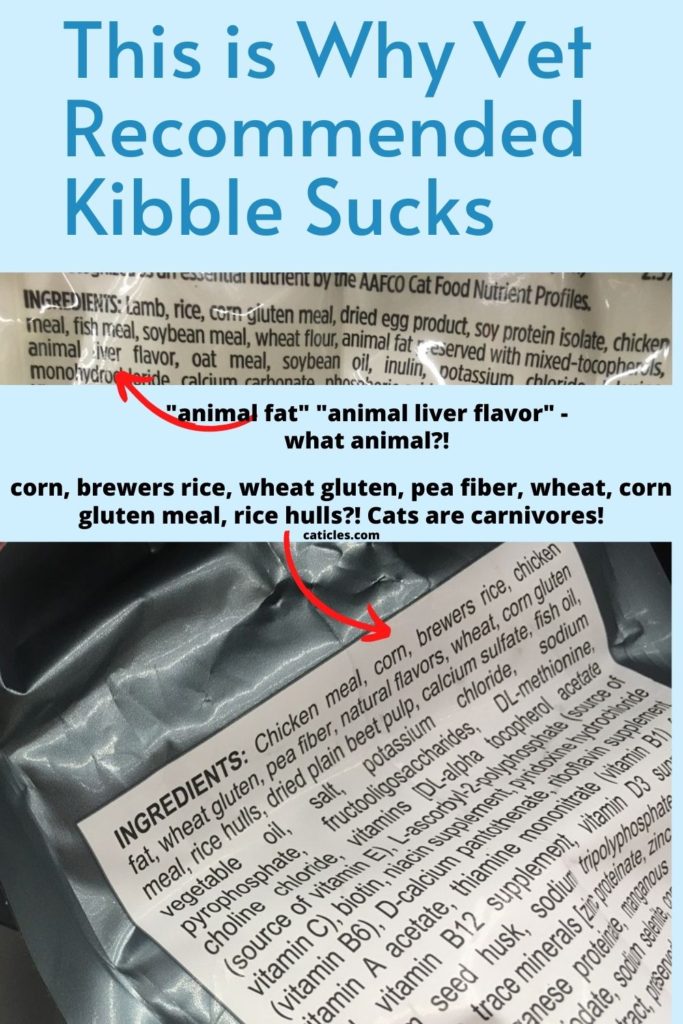
Disclaimer: You (and only you) are responsible for your cat.
I realize this is a sensitive topic. But please keep an open mind and actually look into the resources.
The best thing you can do is learn how to read cat food labels. That way, you can find appropriate cat food for your cat.
1. Vet recommended cat food is made with low-quality ingredients
Low-quality mystery meats
Vet recommended kibble and canned foods often contain meat meals and other low-quality mystery meat ingredients.
This is concerning.
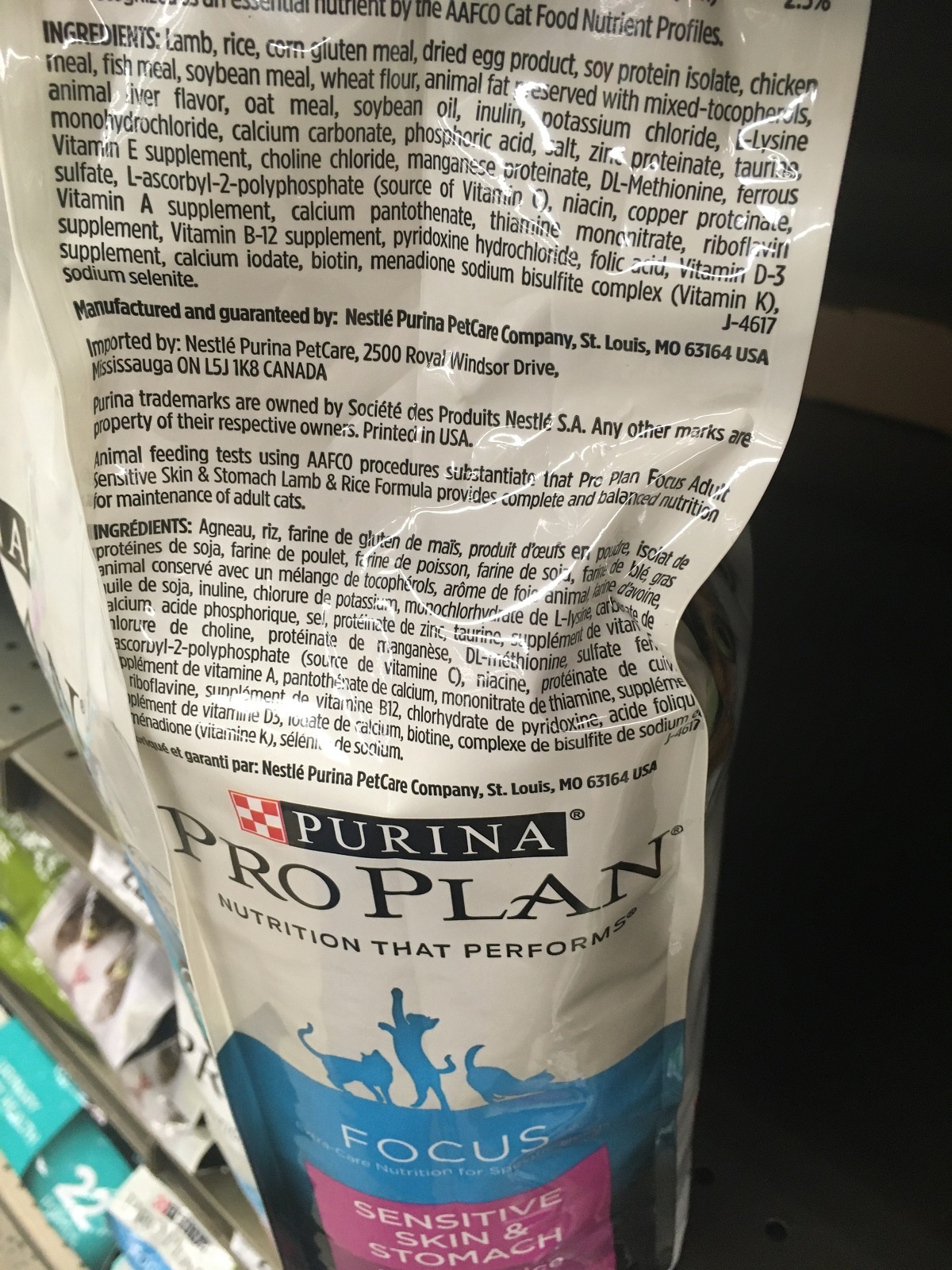
Familiarize yourself with AAFCO labeling. The term “meal” = rendered ingredient.
Renderers convert dead animals and animal byproducts into ingredients for a wide
range of industrial and consumer goods, such as animal feed, soaps, candles,
pharmaceuticals, and personal care products…Sources for these materials include meat slaughtering and processing plants (the primary one); dead animals from farms, ranches, feedlots, marketing barns, animal shelters, and other facilities; and fats, grease, and other food waste from restaurants and stores.
Animal Rendering: Economics and Policy, CRS Report for Congress.
So technically, expired food waste from grocery stores and diseased dead animals from farms could be in this vet recommended product.
Is this allowed?
Meat and meat byproducts not directly suitable for animal food that are designated as 4-D (dead, dying, diseased or disabled). These are considered adulterated—unless processed in a manner that rids them of disease-causing microorganisms prior to becoming animal feed. This is most often done by rendering, which subjects the materials to heat and pressure to eliminate harmful bacteria.
AAFCO.
So yes. Food waste and diseased animals are allowed in cat food. As long as those ingredients are rendered.
So rendering kills bacteria. But what about the drugs in these animal systems?
Dying and diseased livestock animals are receiving medicinal drugs. Euthanized livestock animals are receiving medicinal drugs.
How else would euthanasia drugs end up in pet food?
Companies like Midwest Ingredients state clearly on their website:
PET FOOD
Midwest Ingredients.
Many manufacturing companies rely on Midwest Ingredients, Inc. to find a place in the market for their waste stream.
These companies help businesses sell their waste products to pet food manufacturers.
Check out some pictures of rendering meat transportation. If you can stomach it.
And here are more pictures from a neighbor of a rendering facility.
Did you notice the Report for Congress states that rendered meats and by-products can include dead animals from animal shelters?
Perhaps this is why the vet recommended brand above does not indicate which animal provided the fat and liver flavor.
Carbohydrates
Vet recommended kibble also contains large amounts of carbohydrates. Including prescription diets.
Cats are obligate carnivores and cannot utilize carbs.
None of the three main organizations that create nutritional standards for pet foods (AAFCO, NRC, and FEDIAF) list a minimum requirement for carbs.
This proves that carbs are not essential to the cat’s diet.
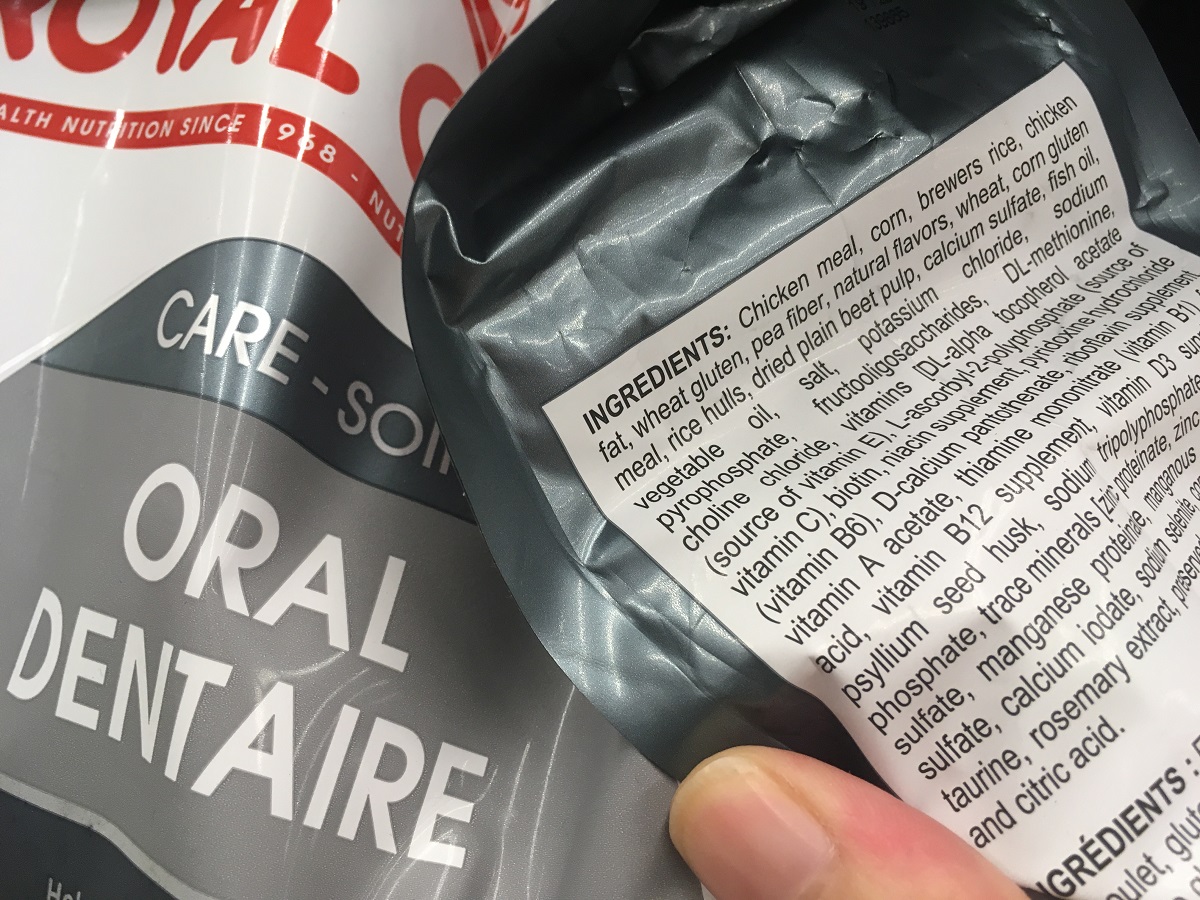
Carbs break down into sugar and fuel hunger and obesity.
Overweight cats are at high risk for:
- Cancer
- Respiratory issues
- Diabetes
- Arthritis
- Shortened lives
- Many more health issues
59.5% of cats in the US are overweight or obese. 82% of cat parents feed kibble (2019 data).
Seems obvious what the problem is.
Unfortunately, AAFCO does not require carbs on the guaranteed analysis. Use a carb calculator for cat food to compare foods properly.
More plant-based protein than meat protein
Cats are obligate carnivores.
Kibble and (most) canned foods contain much more plant-based protein than meat-based protein.
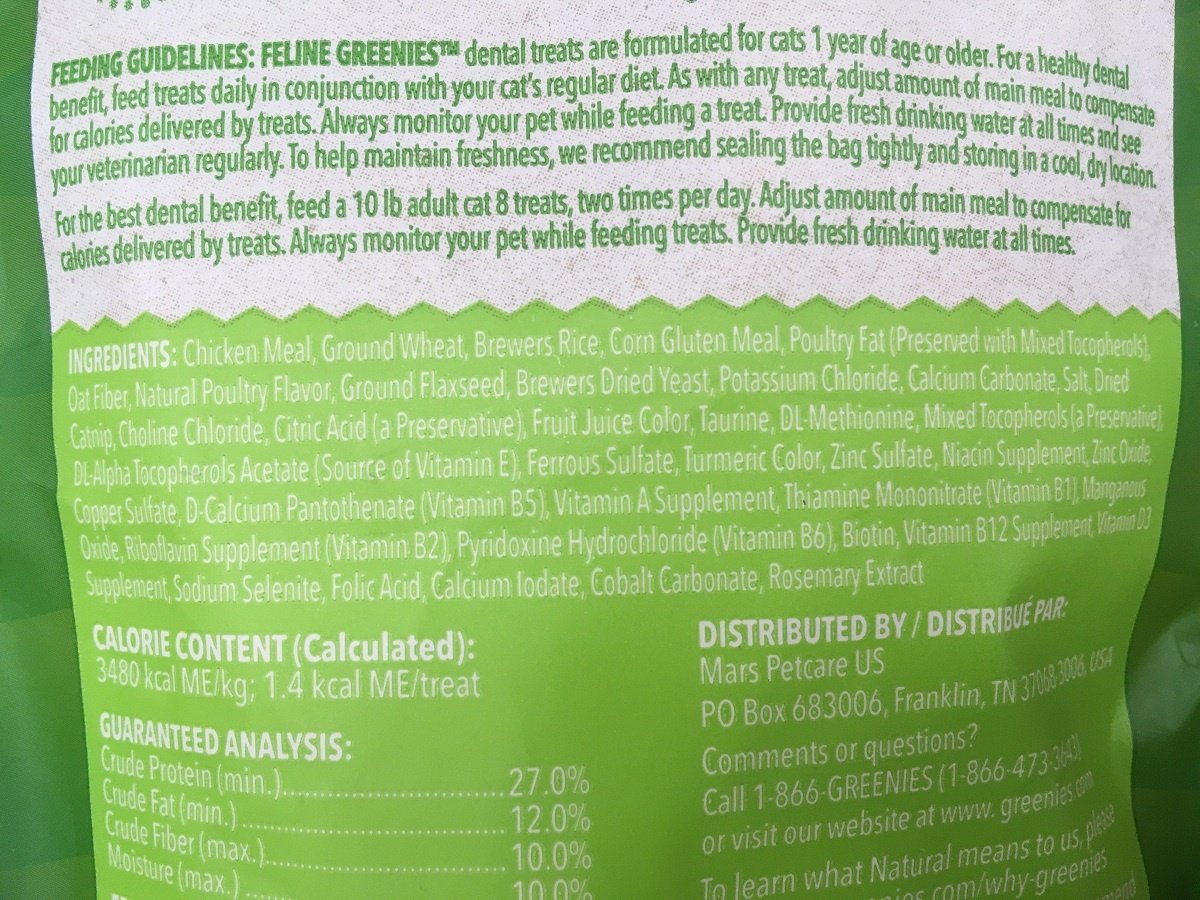
We need to use AAFCO product name rules to determine what’s in our animal’s food.
The product name tells us how much meat is required in the product.
The product name is just as important as the ingredient list.
Product name rules:
- “Dinner” or similar word = 25-94.9% of the named ingredient
- “with” = 3-24.9% of the named ingredient
- “flavor” = 0-2.9% of the named ingredient
For example, “Metabolic Weight Management Chicken Flavor” = less than 3% chicken because of the word “flavor”.
By the way, that 0% minimum requirement of chicken cat food is a vet recommended prescription diet.
Most prescription diets fit under these product name rules. Meaning, there is far less meat in the product.
Cats are not designed to utilize plant matter. They must get their nutrition from meat.
For example, taurine is essential for cats. Taurine contributes to heart and eye health, proper immune function, and healthy digestion.
Guess what? Taurine is only found in animal meat. Plants do not contain taurine.
2. Kibble has many dangerous recalls
People are worried about raw diets containing Salmonella.
But the last 10 years of pet food recalls show that kibble is responsible for 98% of pathogenic bacteria recalls.
Other reasons for kibble and canned food recalls:
- Toxic levels of vitamin D (Hill’s recall a beloved vet recommended brand)
- Elevated levels of choline chloride
- Chemical contamination
- Pentobarbital (a euthanasia drug)
- Plastic/choking risk
- Mold
- Foreign material
- Vitamin insufficiency
- Aflatoxin – deadly mold often found in corn and grains
- Low thiamine
- Incorrect levels of zinc and potassium
- Melamine – a chemical used in silverware, plates, and other tableware items
Yes, bacteria can be harmful. But a healthy cat’s system is designed to process bacteria.
And contamination is often due to poor human hygiene.
We conclude that potential or probable cases of pathogen transmission is likely dependent upon hygiene and food safety measures, and more education surrounding food safety should reduce risk.
frontiers in Veterinary Science.
Wash your hands before and after handling food and the litter box. Simple.
But the cat’s system cannot handle vitamin overdoses or deficiencies, deadly mold, barbiturate drugs, plastic, and foreign materials.
Doesn’t raw meat look much more like food than crispy burnt balls?
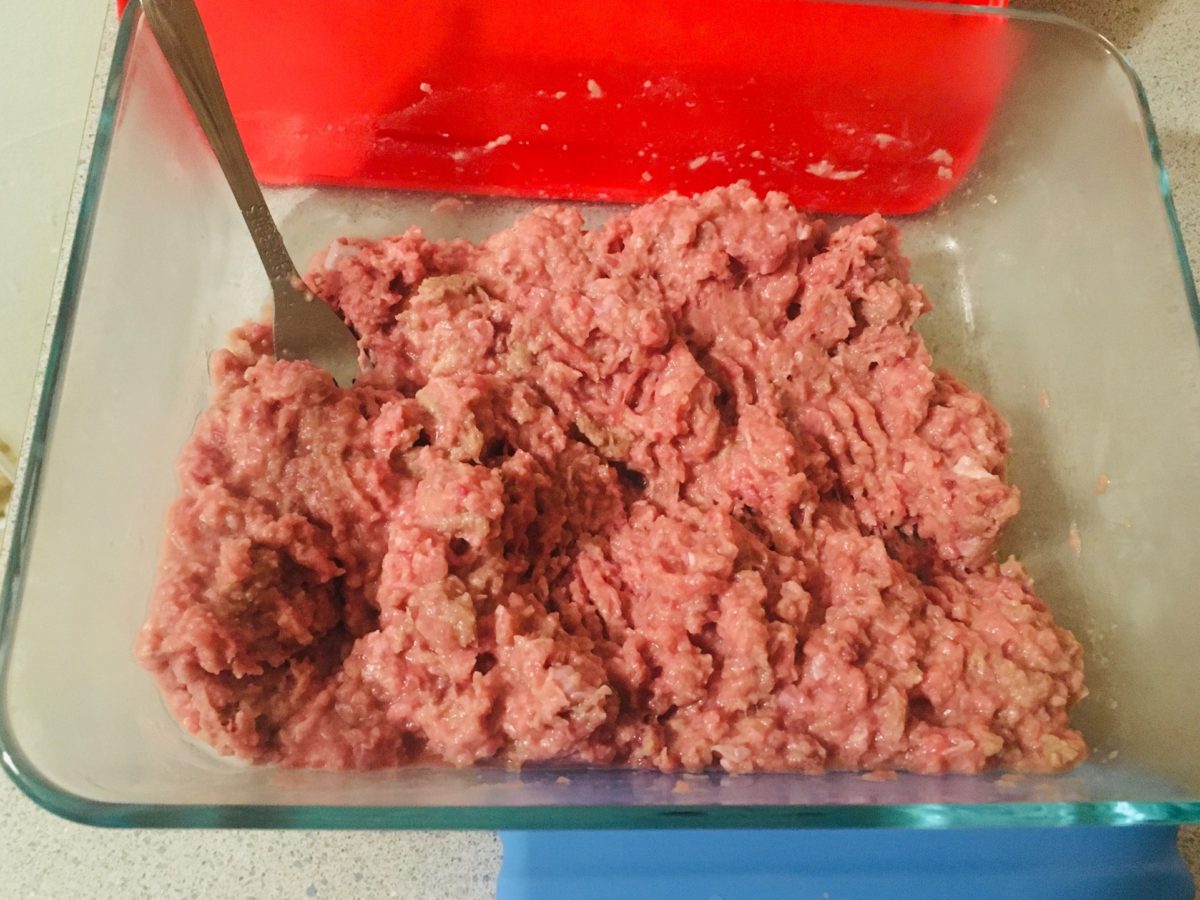
Again, bacteria contamination comes down to how the pet parent sources and handles the meat.
But we have no control over the rest of these pet food recall reasons.
3. Vet schools don’t focus on cat food and nutrition
The American Veterinary Medical Association (AVMA) has 32 accredited US veterinary colleges listed on its website.
I dug into each university’s website for the Doctor of Veterinary Medicine (DVM) curriculum.
Notice the degree is called “medicine” and not “nutrition“.
Below, I’ve listed each university’s name, link to the curriculum, and the number of course titles focused solely on nutrition.
Only one school’s curriculum was not available online.
Let’s see how much focus is put on nutrition.
- Auburn University College of Veterinary Medicine. 1/127 mandatory hours. 0/4 electives.
- Tuskegee University College of Veterinary Medicine. 1/154 mandatory credits. 0/37 elective credits.
- Midwestern University. 0/224.5 total credits.
- University of Arizona. 0/90 weeks’ worth of courses. 4/48 weeks clerkships.
- University of California. 6/254.5 credits (including electives). 5/50 in year 4 (no amount for timing given for year 4).
- Western University of Health Sciences. 2/154 credit hours.
- Colorado State University. 4/158 mandatory course credits. 0/67 elective course credits.
- University of Florida. Curriculum N/A unless you log in.
- University of Georgia. 0/39 course titles.
- University of Illinois. 0/12 course titles.
- Purdue University. 2/112.5 mandatory credits. 2/25 elective credits (student must choose 5 minimum).
- Iowa State University. 2/112 credits.
- Kansas State University. 2/169 hours.
- Louisianna State University. 40/4440 hours (also equal to 2/176.5 credits).
- Tufts University. 1/63 course titles. 0/59 hours in clinical rotations.
- Michigan State University. 1/101 credits. 0/30 mandatory clerkship credits. 3/162 elective clerkship credits (student must choose 27).
- University of Minnesota. 2/149 mandatory credits. 4/114 elective rotations.
- Mississippi State University. 4/210 hours.
- University of Missouri-Columbia. 2.5/154.5 mandatory credit hours. 2/52 elective clinical rotations credit hours (students must choose 10 hours).
- Cornell University. 3/100% of the curriculum.
- Long Island University. 5/148 credit hours.
- North Carolina State University. 2/168 credit hours. 2/65 clinical courses (1 is required for all seniors).
- Ohio State University. 0/73 course titles.
- Oklahoma State University. 3/209 credit hours.
- Oregon State University. 2/172 credit hours, 0 in year 4 (on-campus). 0/102 credit hours (online).
- University of Pennsylvania. 1/52 course titles. 3/24 elective titles.
- University of Tennessee. 1/163 credit hours. 2/150 elective hours.
- Lincoln Memorial University. 3/156 mandatory credits.
- Texas A&M University. 0/176 total credits.
- Virginia Tech. 3/78 total course titles.
- Washington State University. 2/153 total credits.
- University of Wisconsin-Madison. 4/165 credits.
Final results?
The totals add up to 125.5/5,166.5. This is equal to 2.4%.
The average among 31 schools dedicates 2.4% of the DVM curriculum solely to food and nutrition.
Nutrition is extremely complex. How is 2.4% of 4 years enough?
I’m sure nutrition is sprinkled into other courses.
However, the majority of the courses focus on diagnosis, medicine, and surgery.
There are additional years of schooling if a veterinarian wants to be a nutritionist.
This proves that the DVM curriculum does not cover enough nutrition.
Vet students have to learn:
- Biology
- Toxicology
- Radiology
- Pharmaceutical drugs
- Surgery
- Anatomy
- Immunology
- Pathology
- Physiology
- Parasitology
- Genetics
- Pathophysiology
And the list goes on…
And not just for cats and dogs!
Vet students also have to learn about horses, cows, pigs, chickens, birds, and reptiles.
Each DVM curriculum topic is extremely complex. We can’t possibly expect vets to know everything about nutrition as well.
It is our responsibility to prevent health problems.
It’s our responsibility to choose the best nutrition for our animals.
Does your doctor give you nutritional advice?
Probably not.
Your doctor would advise you to see a nutritionist or dietician instead.
4. Kibble cat food companies have a heavy influence on vets
Hill’s Pet and Purina are mega-corporations of kibble cat foods that sponsor the AVMA.
These companies sponsor the AVMA. Royal Canin, another vet recommended brand, is a past sponsor.
These kibble corporations have a heavy influence on vets.
Winning over the vets
If you can win over the vets, you win the pet parents.
For example, remember those toothpaste commercials, “More than 80% of dentists recommend Colgate”?
Colgate-Palmolive conducted surveys among dentists and hygienists. The survey asked to recommend a few different brands of toothpaste.
But their advertising campaign implied otherwise.
The wording made it seem like 80% of dentists recommended Colgate instead of other brands.
Guess what? Colgate-Palmolive owns Hill’s Pet. Since 1976.
They use the same advertising with their cat food products.
It’s right on the label: “Veterinarian recommended”. Did you know they trademarked the term “Prescription Diet” as part of their logo?
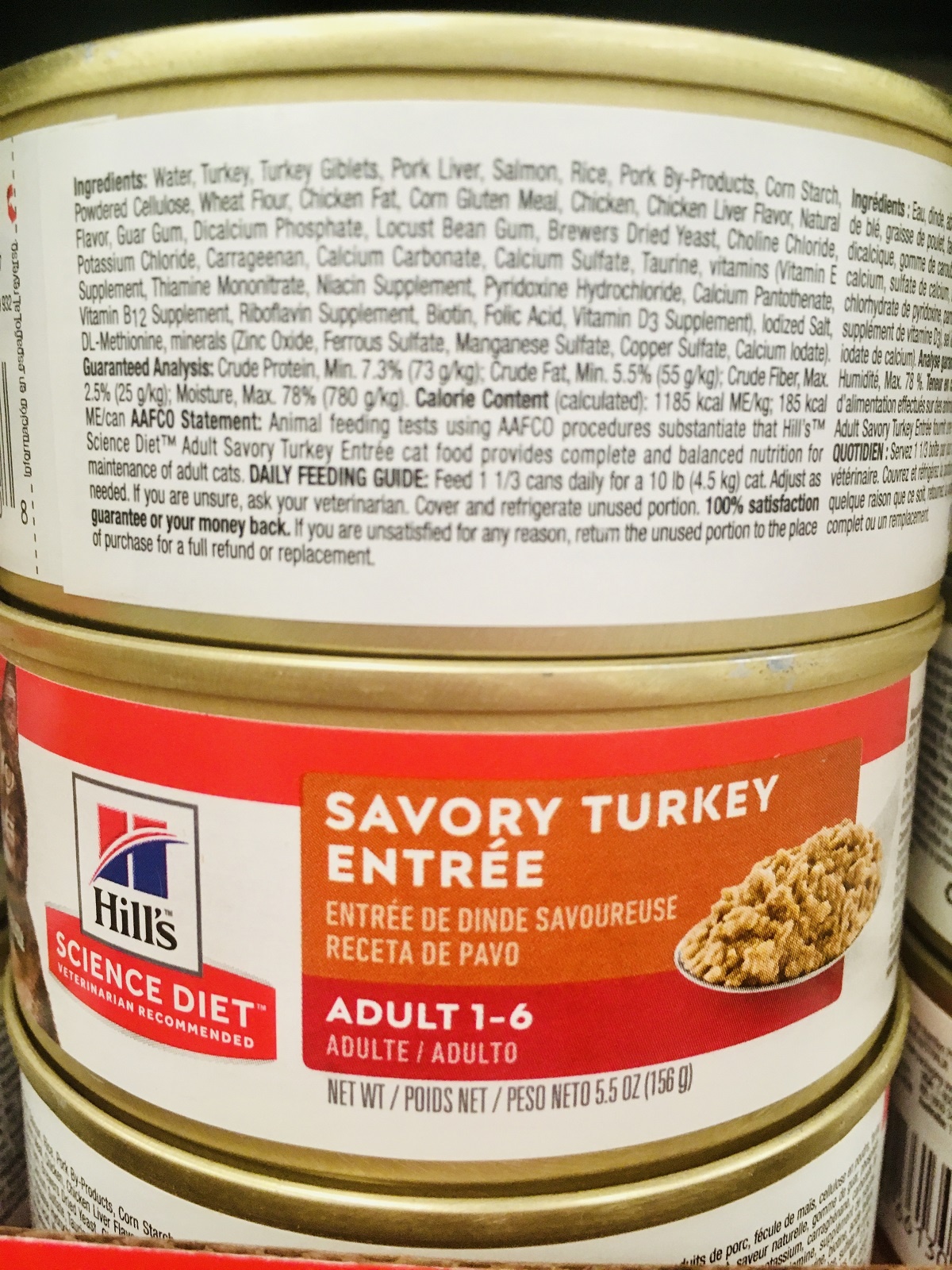
Vets recommend Hill’s Pet food, so pet parents feed it.
Final thoughts on vet recommended cat food
Vet recommended cat foods are inappropriate for cats (especially kibble).
They contain mystery meats and high amounts of indigestible ingredients like carbs and plants.
Cats are designed to consume fresh meat, bones, and organs. Aka whole prey.
They cannot utilize carbs, grains, and plant ingredients.
Additionally, kibble and canned foods are recalled for salmonella, toxic and/or deficient amounts of vitamins, drugs, plastic, and other ingredients we have no control over.
Learn pet food label rules. Shop smart. Even the FDA says do not be tricked by marketing gimmicks and claims on the pet food label.
Pet food companies know that if they can win over the vets, they will win you too.
Your vet’s job is to treat problems with medicine and surgery.
But it’s your responsibility to educate yourself. And prevent these problems from happening in the first place.
Ready to switch to raw for a happier cat?
Grab my Switch to Raw Blueprint digital magazine and get the same plan that 564+ cat parents used to switch to a healthy premade raw diet easily and confidently.
